Crysis 3 versus Crysis: Graphical Comparison
"..But can it play Crysis?" In late 2007 gamers all over the world were scrambling to upgrade and buy new systems in order to meet the lofty requirements of Crysis. At the time, the recommended specifications were a Core 2 Duo running at 2.2GHz, 2GB of RAM and most expensively of all, an Nvidia GeForce 8800 GTS 640MB graphics card. To put things in context, those specs can still play Battlefield 3, and the forth coming ARMA III today. There was no doubt that Crysis set the benchmark in graphics. Modern games are still often compared back to it today, so what better game to compare it to than the latest installment in the Crysis series, Crysis 3. We'll look at a range of factors including screenshots from throughout the games, textures when zoomed in, memory usage and the thermal load on the graphics card when at a set fan speed.
Graphics Settings
Crysis originally came with a DirectX 10 option, but was primarily designed to run in DirectX 9 as few PC systems had both the minimum requirement of Windows Vista and a DirectX 10-enabled GPU. However, with newer versions it is now supplied in only a DirectX 10 guise.We ran both Crysis and Crysis 3 at a Full HD resolution of 1920 x 1080 that is typical of most modern LCD monitors. 
 You can see from the menus that the original Crysis contains more settings than its younger sibling, due to the inclusion of a sound quality and physics option. You can either set a general graphical specification (low, medium, high, very high) or tweak the individual settings as you want.
You can see from the menus that the original Crysis contains more settings than its younger sibling, due to the inclusion of a sound quality and physics option. You can either set a general graphical specification (low, medium, high, very high) or tweak the individual settings as you want.
Screenshots -
Lets compare the graphics of both games at their highest settings. They have been JPG'd, but at a low compression ratio. The question is (without looking at the alt text), can you guess which is which?
Zoomed-in Textures

 With the images zoomed in 3x and cropped to an appropriate size, we can see the difference in textures, lighting and anti-alasing between the two games. Crysis is beginning to show its age, as the textures of the palm leaves show, with a quite clunky rendering over distance. In contrast, Crysis 3's beams and windows look far crisper. The lighting appears far more fluid and realistic in Crysis 3 than in the original, where it is possible to see the individual beams lighting the objects beneath them. The anti-aliasing is also improved, due to the inclusion of MSAA 8X, and 16X AA in Crysis 3.
With the images zoomed in 3x and cropped to an appropriate size, we can see the difference in textures, lighting and anti-alasing between the two games. Crysis is beginning to show its age, as the textures of the palm leaves show, with a quite clunky rendering over distance. In contrast, Crysis 3's beams and windows look far crisper. The lighting appears far more fluid and realistic in Crysis 3 than in the original, where it is possible to see the individual beams lighting the objects beneath them. The anti-aliasing is also improved, due to the inclusion of MSAA 8X, and 16X AA in Crysis 3.
Thermal Load & GPU Memory Usage
Does Crysis 3 actually work the card harder than its older brother does in game? Using a factory overclocked GeForce GTX 670 2GB card running at 1,045 MHz core boost clock and 6,008 MHz memory clock,with the games set to their highest settings and running at 1920 x 1080 (Full HD), a screenshot of GPU temperature, GPU usage and frame buffer usage was taken after 15 minutes of gameplay. In order to keep the fan speeds the same throughout, the card's cooler was manually set to run at a constant 50% speed using the ASUS GPU Tweak utility. The system used included an Intel Core i7-3570k running at 4GHz, 16GB of DDR3 memory, and an ASUS Sabertooth Z77 motherboard and the aforementioned GeForce GTX 670.
From the GPU tweak screenshots above, you can see that the original Crysis stressed the GPU more consistently, with usage at an almost constant 99%, while Crysis 3 only maxed out usage at 97% with usage blipping lower. However, the frame buffer usage was 9% higher in Crysis 3 than in the originally Crysis, but again the original was more consistent in its use. On the temperature side, with the fan manually set to 50%, the original game had the card running at 83°C, which was almost exactly the same as Crysis 3 at 82°C. At these temperatures, the card performed perfectly stably and with the GeForce GTX 670's fan at 50% it wasn't in any way intrusive or particularly loud.
Thoughts and Conclusion
Crysis has been the benchmark for graphics for the last 6 years now, it's reassuring that its third outing has definitely surpassed it in terms of visual quality, without melting modern graphics cards at its highest settings. Given that Crysis 3's GPU use is less - or at least less consistently maxed out - yet yields a better result, Crytek has put plenty of effort into optimization for our benefit! However, it's clear that each stage of bettering graphics is getting tougher. If we were to compare Crysis to a game manufactured in the same space of time: 6 years previous to it in 2001, then we'd be comparing to the original Half-Life engine in Blue Shift or the Quake III engine in Return to Castle Wolfenstein. To these, Crysis simply appears other-worldly. Thankfully we're in 2013 and for PC gaming fans, Crysis 3 is a visually gorgeous first person shooter. Which Crysis do you prefer? Have you played through Crysis 3 yet and how does it run on your ROG rig? Let us know in the forums.
Author
Popular Posts

How to adjust your laptop's P-Cores and E-Cores for better performance and battery life
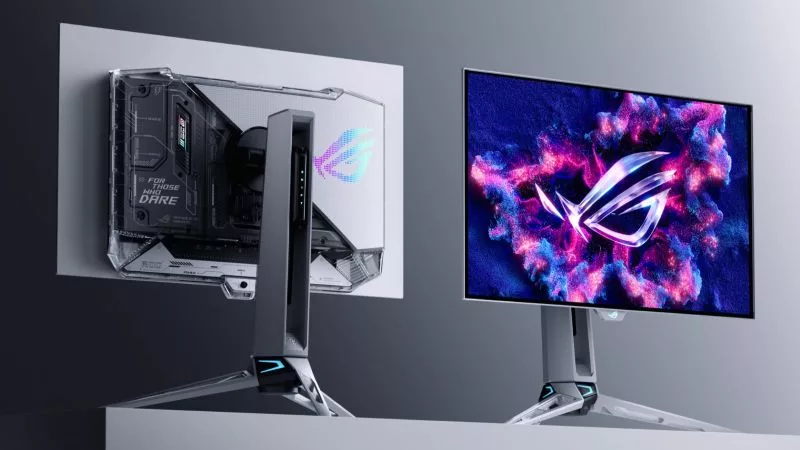
Prepare for Tandem OLED splendor with these new ROG gaming monitors

How to Cleanly Uninstall and Reinstall Armoury Crate
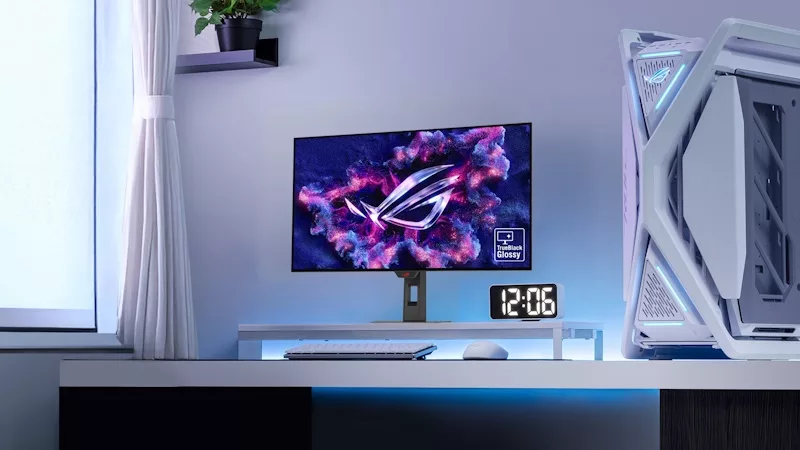
32-inch glossy WOLED panels debut in the ROG Strix OLED XG32UCWMG and XG32UCWG gaming monitors
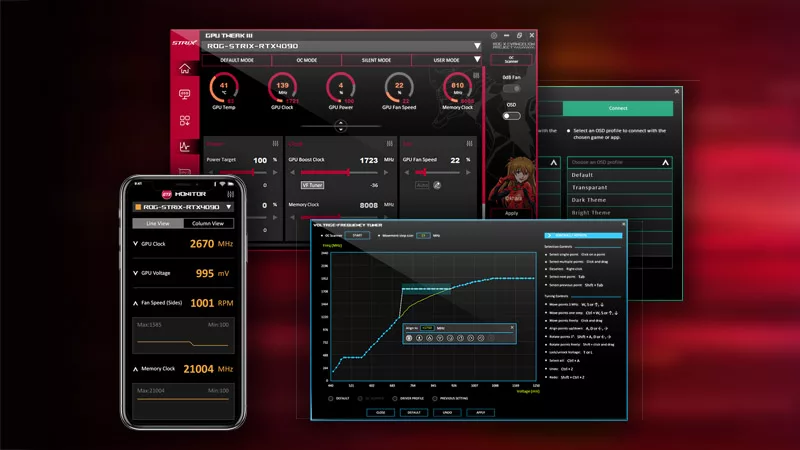
ASUS GPU Tweak III: The ultimate tool for advanced GPU tuning
LATEST ARTICLES

Hands-on: The ROG Raikiri Pro took my couch gaming to the next level
I've been a diehard PC gamer all my life, but I often play on the couch. The ROG Raikiri Pro has improved my living room PC gaming immeasurably thanks to a few useful features and loads of customizability.
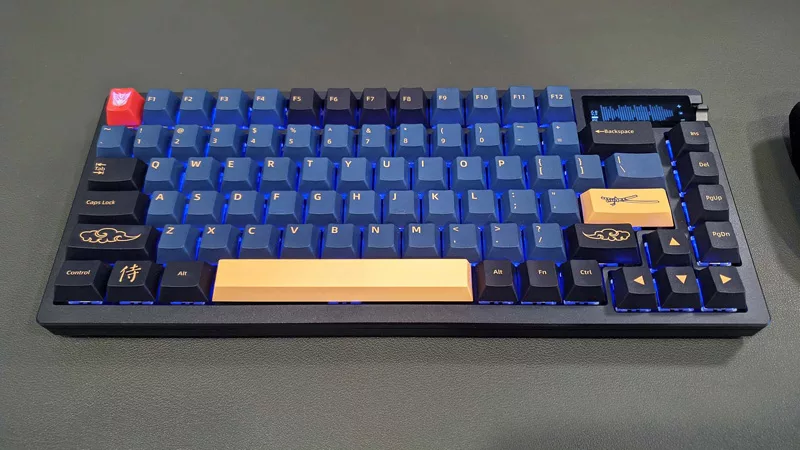
Hands-on: The ROG Azoth became the canvas for the keyboard of my dreams
Ever since I bought my first mechanical keyboard, I’ve been on a mission to mod and upgrade, mod and upgrade. But I think the ROG Azoth may actually be my endgame.
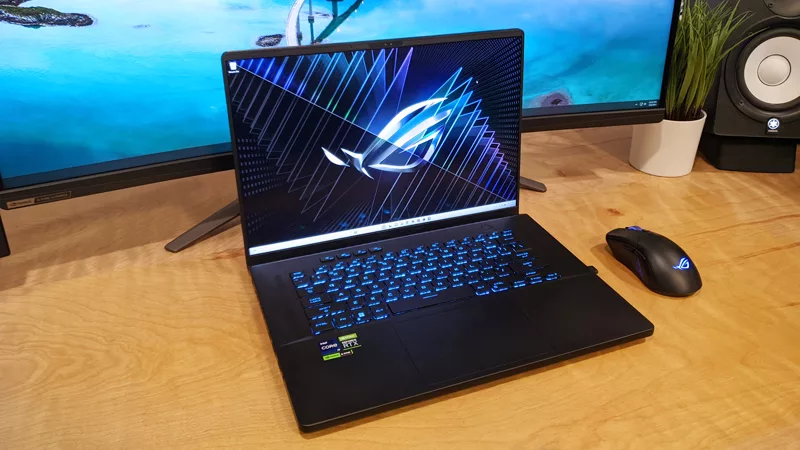
The Zephyrus M16 blends outstanding HDR gaming performance with undeniable luxury
The new ROG Zephyrus M16, with its Nebula HDR display, is like bringing a high-end home theater gaming setup with you wherever you go.
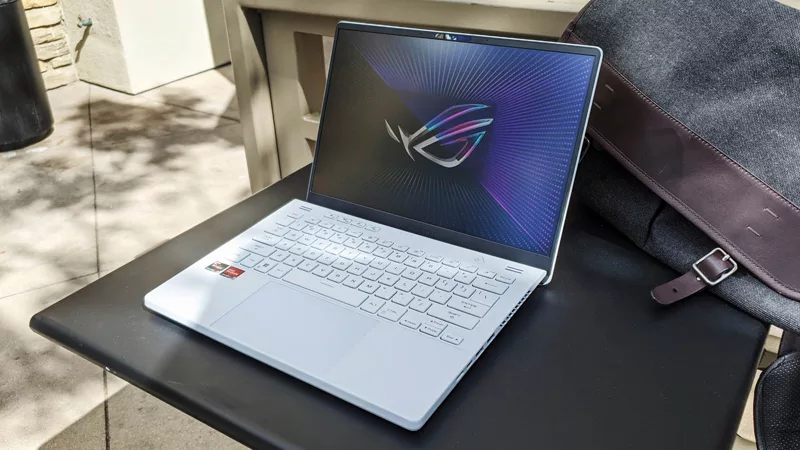
Radeon graphics and a stellar new display reinvigorate 2022 ROG Zephyrus G14
For a long time, I had to choose between underpowered ultraportable laptop and large laptops capable of gaming. But the ROG Zephyrus G14 puts admirable gaming chops into an ultra portable machine that travels anywhere.
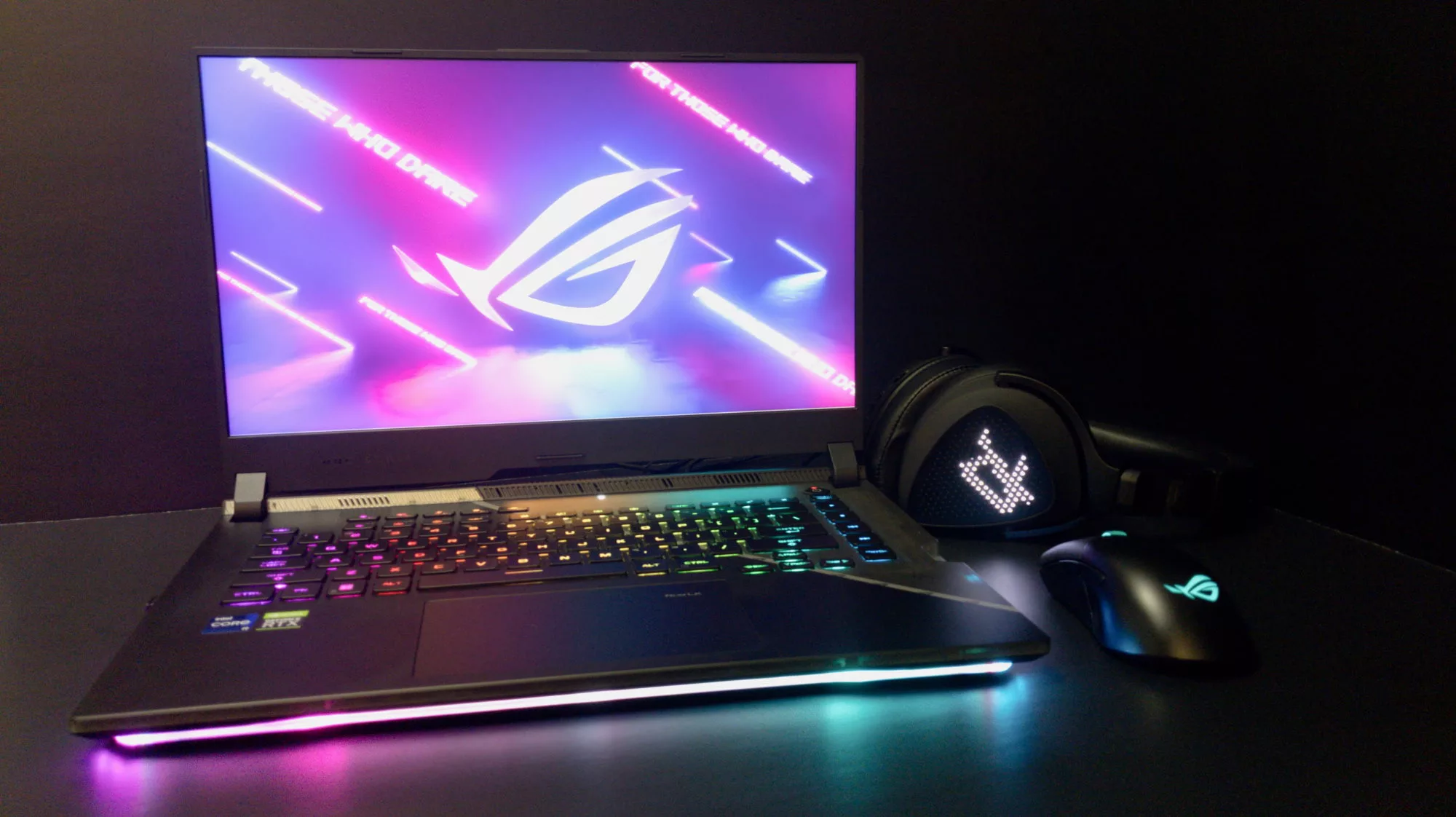
Ready to rumble out of the box: Hands-on with the ROG Strix SCAR 15
Living on the move or in a smaller space isn't a roadblock to high-end gaming. The ROG Strix SCAR makes portable powerful.
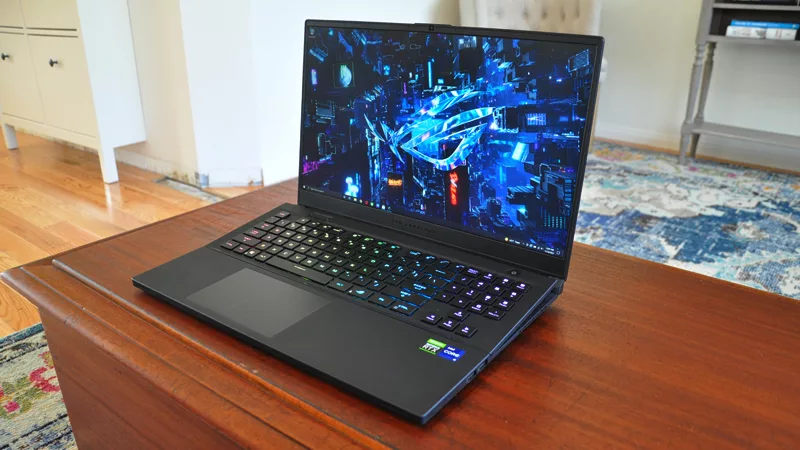
The ROG Zephyrus S17 is an outstanding mixture of power and portability
The S17 has it all: top-tier hardware in a slim package with all the bells and whistles.









